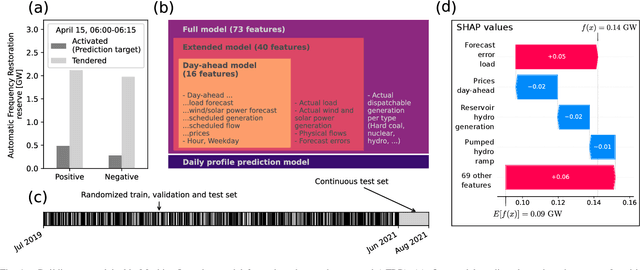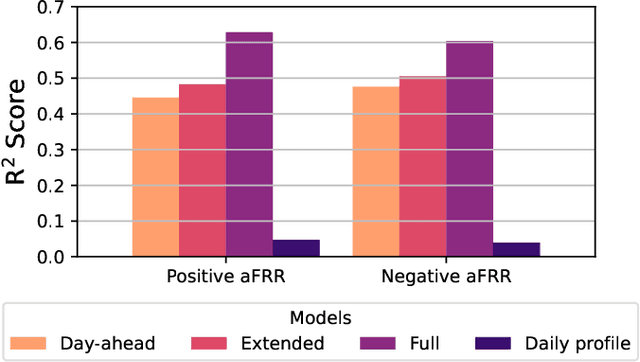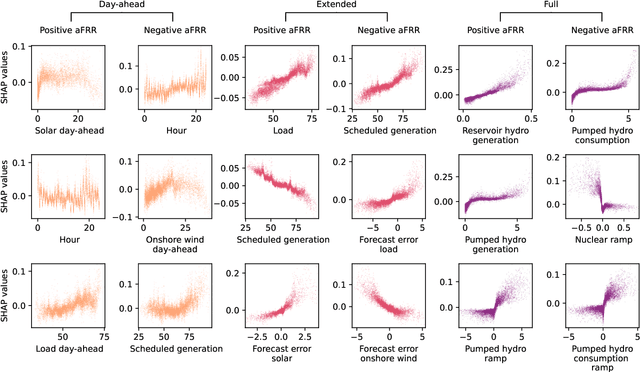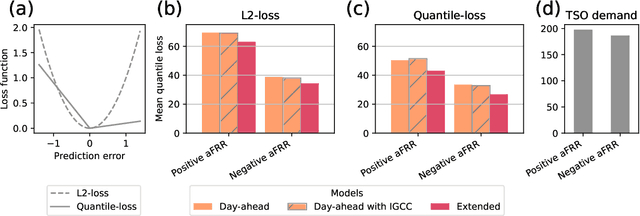Secondary control activation analysed and predicted with explainable AI
Paper and Code
Sep 10, 2021



The transition to a renewable energy system poses challenges for power grid operation and stability. Secondary control is key in restoring the power system to its reference following a disturbance. Underestimating the necessary control capacity may require emergency measures, such as load shedding. Hence, a solid understanding of the emerging risks and the driving factors of control is needed. In this contribution, we establish an explainable machine learning model for the activation of secondary control power in Germany. Training gradient boosted trees, we obtain an accurate description of control activation. Using SHapely Additive exPlanation (SHAP) values, we investigate the dependency between control activation and external features such as the generation mix, forecasting errors, and electricity market data. Thereby, our analysis reveals drivers that lead to high reserve requirements in the German power system. Our transparent approach, utilizing open data and making machine learning models interpretable, opens new scientific discovery avenues.
 Add to Chrome
Add to Chrome Add to Firefox
Add to Firefox Add to Edge
Add to Edge